Why Integrate Digital Twins into Drilling Simulator
The oil and gas industry is contentiously adopting cutting-edge technologies to increase efficiency, cut costs, and improve security. One of these innovations includes the integration of digital twins into drilling simulators, which is revolutionizing the way the drilling process is planned, tracked, and streamlined. When used in drilling operations, digital twins can be used by engineers to simulate scenarios, predict the outcome, and reduce risks before the actual drilling process begins.
What are Digital Twins
Digital twins function as digital copies of physical systems, assets as well and processes, that are continually updated in real-time with data that is physically identical to the counterpart. Through mirroring the behavior as well as the performance, and environment of the real system, digital twins allow simulation monitoring, monitoring, and even predictive analysis. In the fields of manufacturing, oil and gas, as well as healthcare, digital twins can be utilized to improve processes, increase decision-making, and cut down on downtime by offering an ever-changing, data-driven overview of complicated systems.
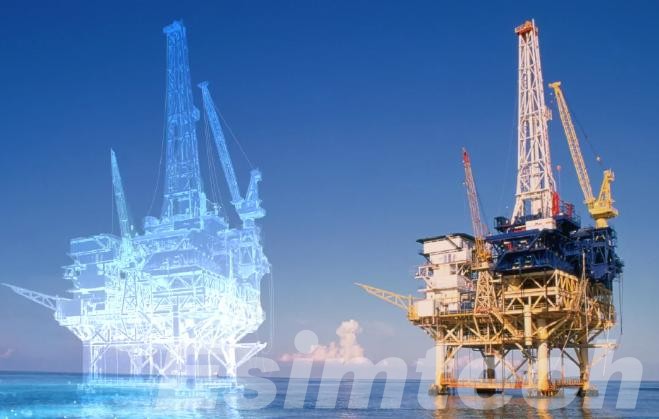
How Digital Twins Enhance Drilling Simulators
1. Creating Real-Time Operational Mirrors
Contrary to static simulators that run with preset scenarios, the digital twin-enhanced simulators constantly represent the real-time situations of drilling. By integrating real-time information in the field, such as pressure readings, equipment state, and feedback from geological conditions, the digital twin is able to dynamically alter simulation parameters. It allows users to interact with a dynamic virtual environment that closely resembles real-world equipment and downhole conditions.
2. Improving Training Effectiveness and Safety
Digital twins help make training more realistic and immersive. Trainees are able to experience a variety of scenarios, which include complicated and unpredictable events such as blowouts and pressure kicks, or malfunctions of equipment. The ability to respond in real-time in the digital twin offers immediate feedback that helps users to understand the implications of their actions within a safe environment. This helps improve the ability to make decisions, critical thinking, and safety consciousness under stress.
3. Enabling Customization for Site-Specific Drilling
Each drilling process is distinct. Digital twins permit simulators to be tailored using actual geological models, well plans and rig specs. Teams can test techniques and strategies that are tailored to the specific field, which improves operational efficiency. This helps with identifying and dealing with particular site issues before deployment, eventually decreasing the amount of non-productive time (NPT) and enhancing the efficiency of execution.
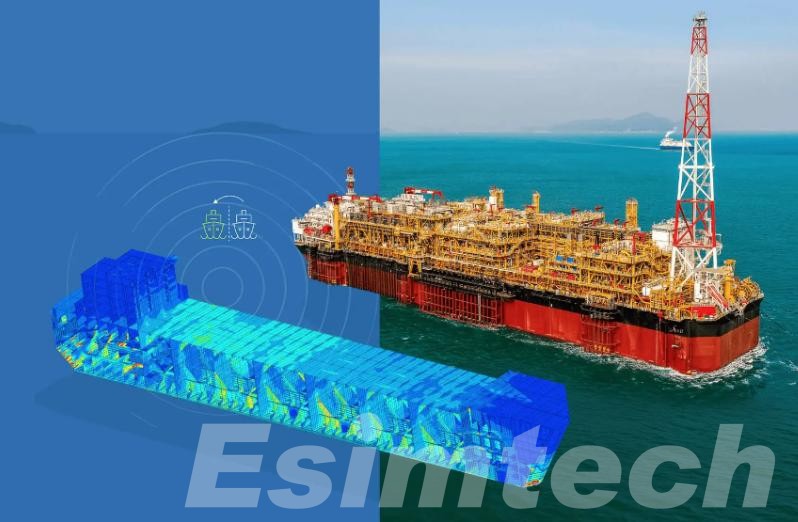
4. Enhancing Performance Monitoring and Analysis
Drilling simulators powered with digital twins can do more than instruct personnel. They also act as effective diagnostic instruments. Through recording and analysing the training sessions, instructors can evaluate their team’s performance as well as identify any gaps in their knowledge and give specific feedback. In time, this aids in the continuous development of knowledge and creates a more proficient and competent workforce.
5. The Bridging of Training and Operational Planning
Digital twin technology enhances the connections between simulation-based learning and drilling operations in real world. Drilling teams are able to use the simulator not only for training but also to simulate the entire drilling process, from the spud through to its finalization. This pre-drill simulation simulates the potential problems, improves procedures, and helps ensure alignment between teams, resulting in more efficient operations and better results.
6. Driving the Future of Intelligent Drilling Systems
The incorporation with artificial intelligence (AI) along with advanced analytics to create digital twins will promise to elevate drilling simulators. The future systems won’t just duplicate reality, but also anticipate it by providing operational forecasts based on simulations of what might occur under various conditions. This advancement will place digital twins as a key tool for creating autonomous and adaptable drilling systems.
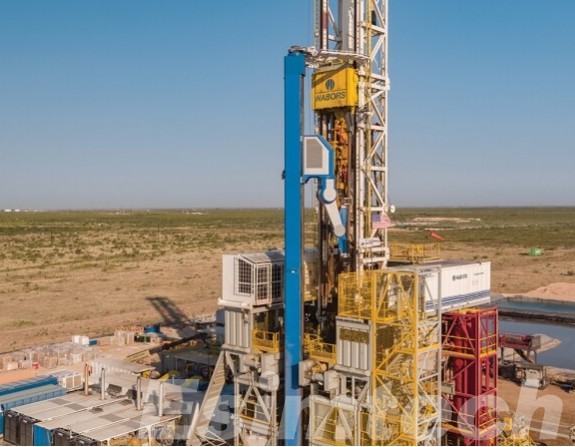
Applications of Drilling Simulators Integrated Digital Twins in the Oil and Gas Industry
- Realistic Training and Competency Development
Drilling training simulation systems with digital twins create the most realistic environments by resembling the behavior of real drill rigs, wells, as wells, and formations. Trainees can interact with constantly changing conditions for the downhole, as well as surface equipment reactions and dynamic drilling issues. This helps improve decision-making as well as rapid learning of skills and enhanced crew readiness, especially in situations with high risk, such as kicks, lost circulation, or equipment failure.
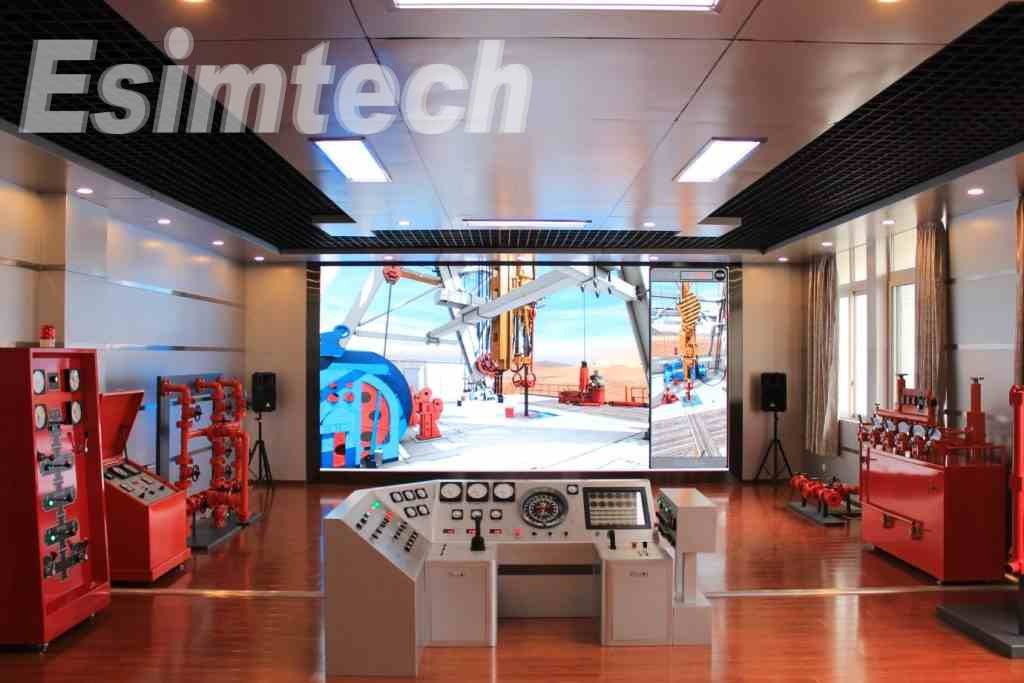
- Pre-Drill Operational Planning and Testing
Before drilling commences, crews and engineers are able to use digital twin-enabled simulators to simulate the precise details of the well plan. These include formation pressures and wellbore geometry as well as BHA configurations. Virtual rehearsals permit the team to try out techniques, develop strategies, and pinpoint potential risks. All of these help in reducing non-productive times (NPT) and increasing the integrity of the well.
- Well Control Simulation and Emergency Response Drills
Digital twins enable well control simulators to replicate complex emergencies in real-time including explosions, gas inflows and equipment failure. This is vital for good controlled training. Drillers and teams of response can train under pressure conditions in a controlled and safe environment which will ensure an efficient and coordinated response in case such situations occur on the field.
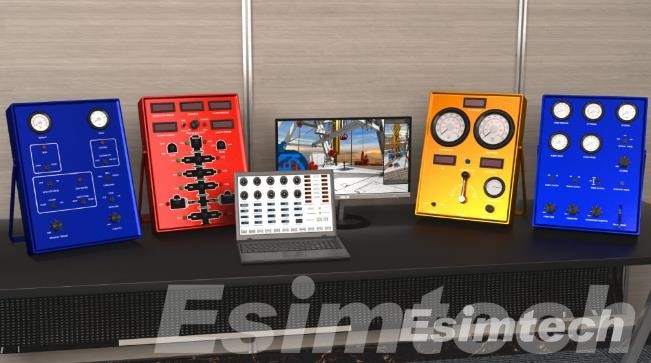
- Equipment Behavior Analysis and Maintenance Simulation
Digital twins can reproduce the wear load, performance, and characteristics of rig parts. Simulators that use this information can predict failures that could occur as well as simulate maintenance routines and test the effectiveness of new technology or tools prior to deployment. This helps with the maintenance of equipment through predictive analysis and prolongs its longevity.

- Enhanced Collaboration Across Teams
With a single digital twin model that is used in simulators, teams such as drillers, operators of rigs, and geologists are able to work in a shared virtual environment that is shared. This facilitates better communication and coordination in the stages of planning and execution, making sure that all participants are in sync and well-informed.
- Continuous Improvement Through Data Analytics
Digital twins powered simulators do not just train, but also record precise performance data. They help companies measure the way teams and individuals react to specific situations. The insights gained from this data could aid in future training, policy changes, or even modifications to drill programs.
- Scenario Planning for Complex Wells
Extended reach drills, high pressure high temperature (HPHT) environments, or unconventional wells simulators that integrate with digital twins can provide detailed scenario designs. Teams can evaluate different drilling techniques, modify parameters as they go, and analyze the long-term consequences of their choices without operating risk.
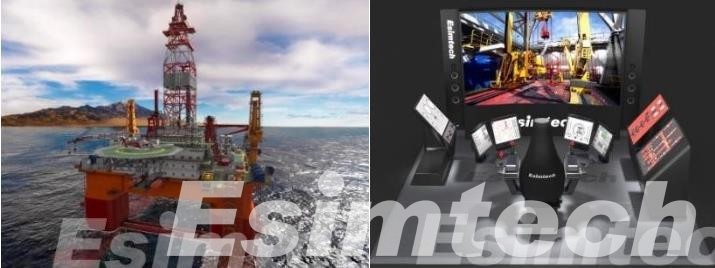
Challenges and Future Solutions in Integrating Digital Twins into Drilling Simulators
| Challenges | Description | Future Solutions |
| High Implementation Cost | Digital twins with high quality require substantial investment. | Digital twin platforms that are modular and cloud-based can lower costs and scale faster. |
| Complex Data Integration | Integrating real-time data from various sources can be a challenge in terms of technology. | Create standard data formats and APIs that assure seamless interoperability between systems. |
| Limited Access to Real-Time Data | Live operational data could be confidential or unavailable for simulation. | Make use of synthetic data generation and secure data-sharing collaborations. |
| Computational Demands | The simulation of real-time behavior in complex systems demands a high level of processing power. | Utilize Edge computing as well as AI acceleration technologies to improve your real-time performance. |
| Model Accuracy and Validation | The ability to ensure that twins accurately reflect the physical systems is a challenge. | Feedback loops that continuously feed back and algorithms for machine learning boost the accuracy of models. |
| Cybersecurity Risks | The increased connectivity makes it more vulnerable to cyberattacks and data breaches. | Develop advanced cybersecurity protocols and regular vulnerability assessments. |
| Resistance to Adoption | Some operators may be skeptical or resentful new systems that are digital. | Promote change management, education, and early success stories to boost confidence. |
| Regulatory and Compliance Concerns | Digital models might not be able to meet all safety and quality standards. | Work with regulators on the co-creation of guidelines and validate protocols. |
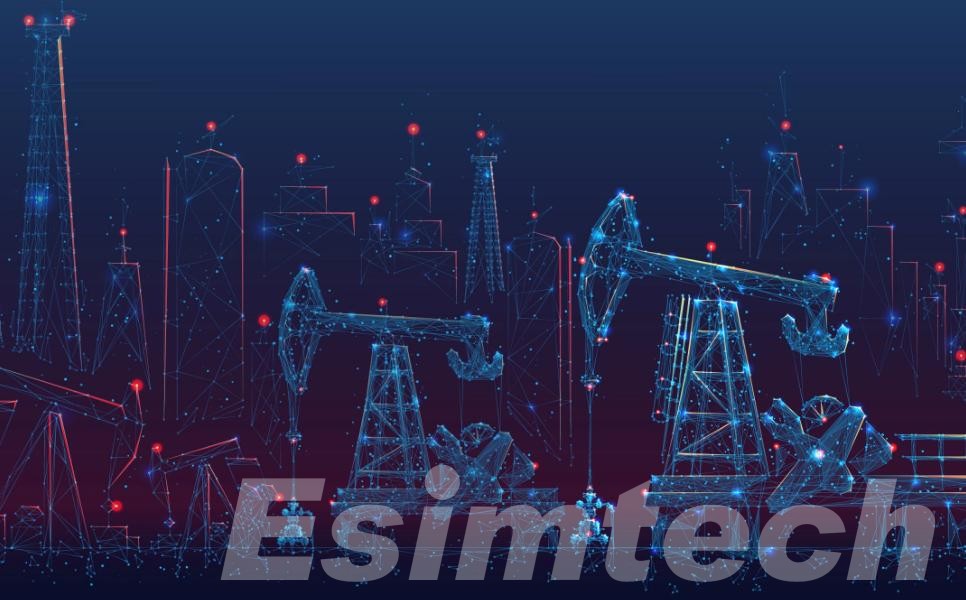
Summary
The integration of digital twins into drilling simulators is a critical improvement in the training process, operational planning, and performance optimization in the industry of oil and gas industry. Through providing a real-time information-rich, data-rich platform for learning and testing, digital twins can help ensure more efficient, safer, and more accurate drilling operations.
